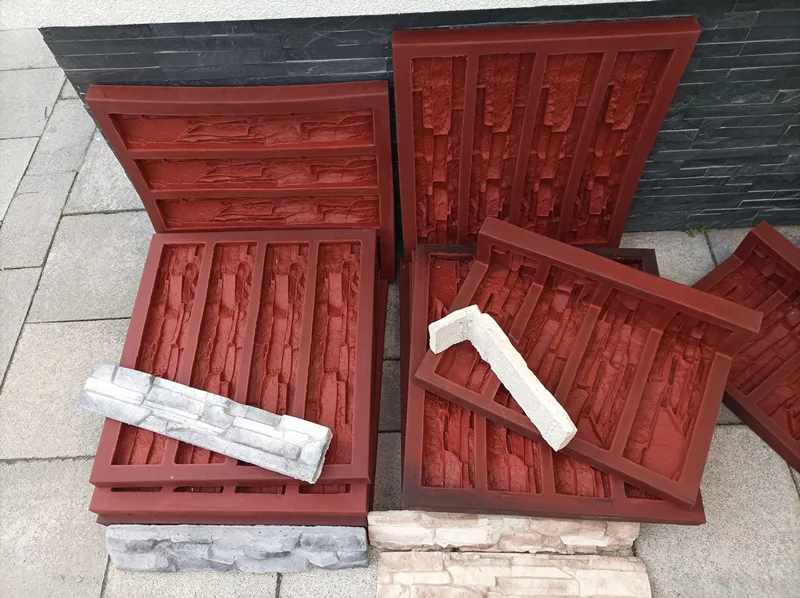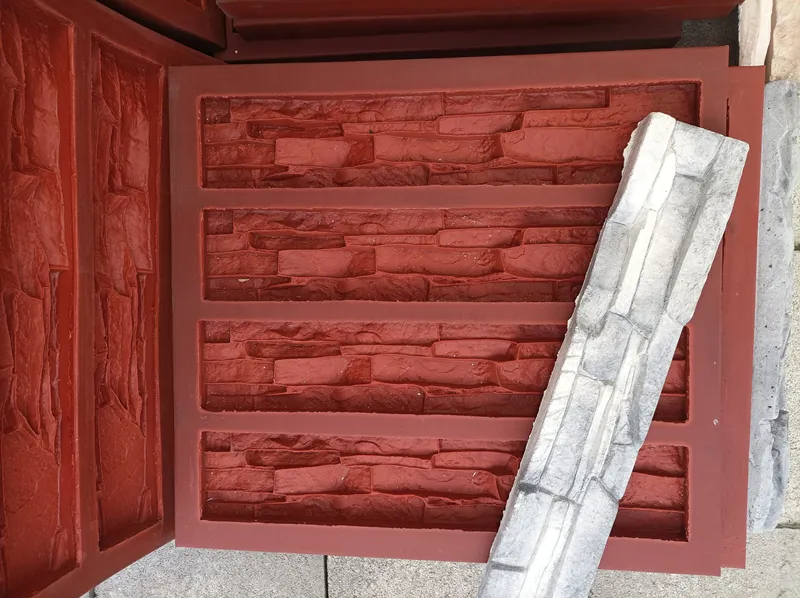In the world of crafting and manufacturing, the choice of materials is crucial. One such material that has gained immense popularity is polyurethane. But can you use polyurethane in molds? The answer is a resounding yes! This article delves into the benefits, applications, and best practices of using polyurethane in molds.
What is Polyurethane?
Polyurethane, often referred to as PU, is a versatile polymer that exists in various forms. It can be rigid or flexible, making it a favorite for numerous applications. Its unique properties, such as durability, resistance to abrasion, and versatility, make it an ideal choice for molding.
Benefits of Using Polyurethane in Molds
Versatility: Polyurethane can be tailored to be either rigid or flexible, catering to a wide range of applications.
Durability: PU molds last longer than those made from other materials, ensuring longevity and reducing the need for frequent replacements.
Fine Detailing: Polyurethane captures intricate details, making it perfect for complex designs.
Cost-Effective: While the initial cost might be higher than some alternatives, the durability and longevity of PU molds offer a better return on investment.

Applications of Polyurethane in Molding
Crafting: From jewelry to decorative items, polyurethane is a favorite among crafters.
Automotive Parts: Due to its durability, PU is used to mold certain car parts.
Furniture: Polyurethane molds are used to create detailed and ornate furniture pieces.
Construction: For architectural details and decorative elements, PU molds are the go-to choice.
Best Practices When Using Polyurethane in Molds
Surface Preparation: Ensure the surface of the mold is clean and free from any debris. A release agent can be applied to facilitate easy removal of the cast.
Mixing: Polyurethane resins come in two parts. Mix them thoroughly according to the manufacturer’s instructions.
Pouring: Pour the mixed resin slowly to avoid the formation of air bubbles.
Curing: Allow the polyurethane to cure fully. The curing time can vary based on the product and environmental conditions.
Demolding: Once cured, remove the cast gently from the mold.
Safety Precautions
While polyurethane is a fantastic material, it’s essential to handle it with care. Always wear protective gloves and eyewear when working with PU. Ensure proper ventilation as the fumes can be harmful when inhaled. In case of skin contact, wash immediately with soap and water.
Conclusion
Polyurethane has revolutionized the world of molding with its versatility and durability. Whether you’re a hobbyist or a professional, understanding the benefits and best practices of using polyurethane in molds can elevate your projects to new heights. Embrace the world of PU molding and unleash your creativity!
Any questions or more information you can contact me [email protected]


